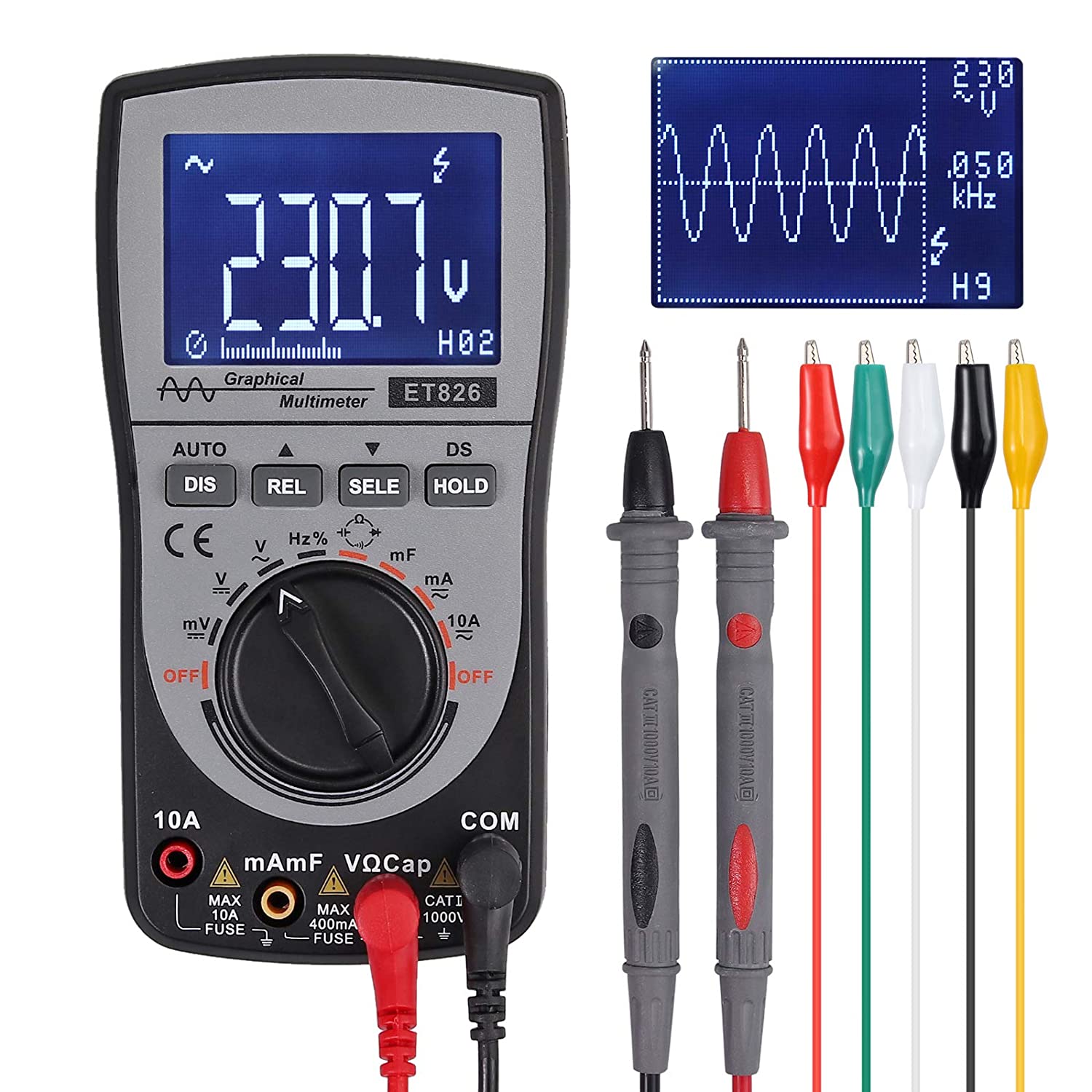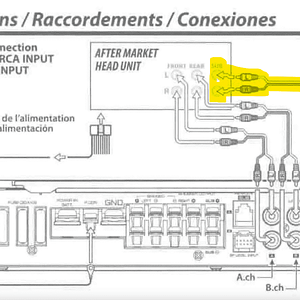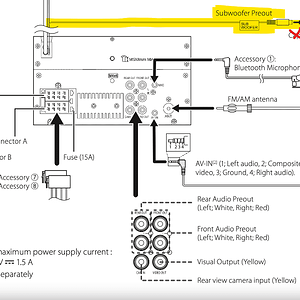For a purely analog amp, Yea you have it spot on. But not many amps now, even the most basic ones use a purely analog input section. Headunit output is usually not linear, neither is amp gain. Any decent quality amp will make full power with as little as 0.2v.
The point in using 3/4 of the max is to have a clean signal if you don't have some means of checking your RCA signals.
I'll use my current headunits "2v" rca outs as an example since I actually measured the voltage at intervals of 5 from 5-35, and then 36, the max. Readings were taken while playing pink noise, with EQ flat.
5 - 0.15v
10 - 0.42v
15 - 0.86v
20 - 1.29v
25 - 1.94v
30 - 2.52v
35 - 3.01v
36 - 3.22v
If I had a Scope I would have checked the signal to see if it was even remotely clean, but I only ran RCA level for about a week before I switched to Optical.
The input voltage range for my Audison amp is 0.2v-8v. It's a digital amp/DSP with an input calibration process, so the amp automatically adjusts the "max" gain to unclipped. The input voltage range for my previous Helix Msix was 0.2v-6v(i beleive, I can look it up if you would like). I set the gain like I always have, set the headunit to 3/4 of max, and then adjust the gain on the amp until I'm satisfied with the volume.
Matt




